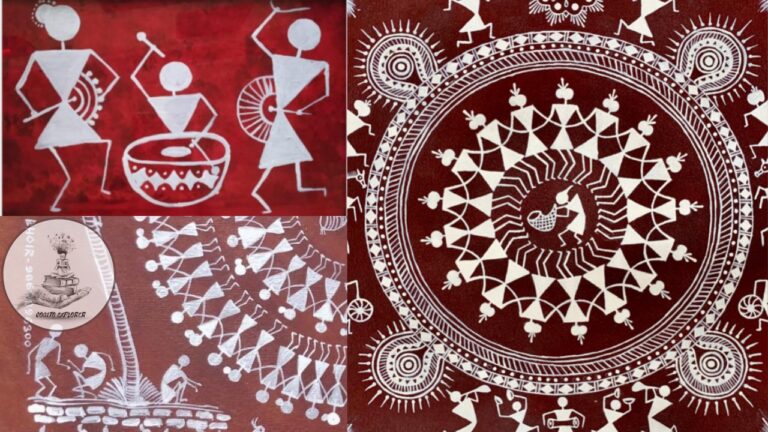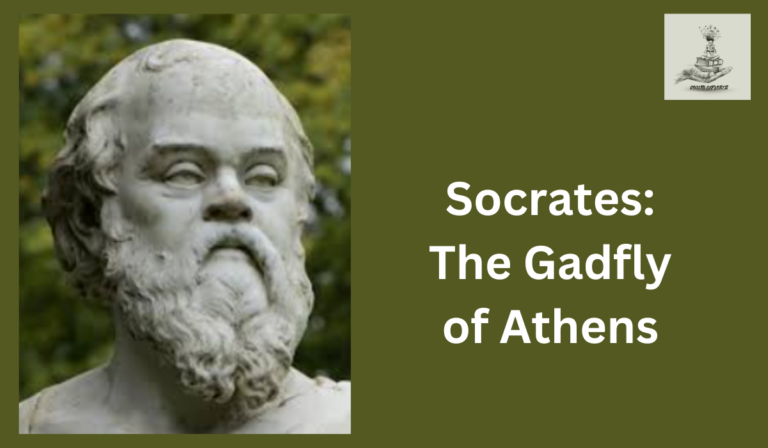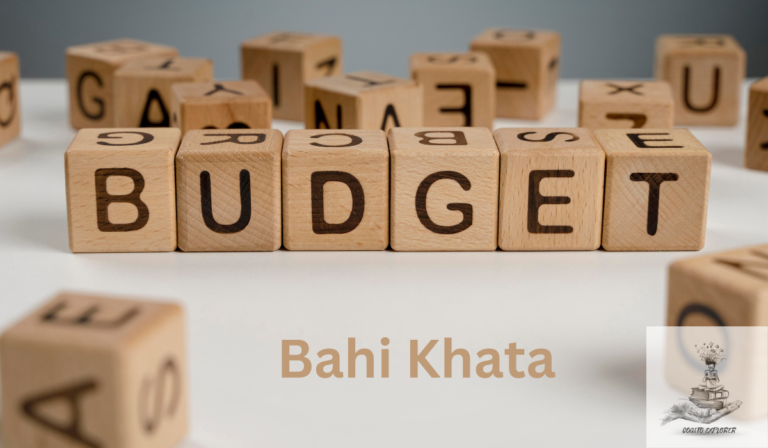Astronomy: Knowing the Cosmos
Astronomy is the scientific study of celestial objects such as stars, planets, and galaxies, along with the phenomena that occur beyond Earth’s atmosphere. The study of these celestial objects and their movements has evolved over millennia with significant contributions from various cultures around the world toward ancient astronomical science (aas).
Engagements Around the World:

The Sumerians in Mesopotamia (3500 BCE – 200 BCE) were among the earliest to engage in systematic observations of the night sky. They developed a lunar calendar based on the phases of the Moon and created the zodiac, a division of the sky into 12 constellations.
The Babylonians, successors to the Sumerians, made detailed records of celestial events. Also created mathematical methods to predict the positions of planets.
Ancient Egyptians (3000 BCE – 30 BCE) used the night sky to develop a calendar based on the heliacal rising of Sirius, which marked the beginning of the annual flooding of the Nile. Also, the Great Pyramid of Giza aligns with remarkable precision to cardinal points, potentially indicating a connection to celestial observations.
Ancient Greek (800 BCE – 146 BCE) philosophers, such as Thales and Anaximander, contributed to early cosmological ideas. The works of astronomers like Hipparchus, who compiled the first comprehensive star catalog and developed the concept of magnitude, and Ptolemy. Those who proposed a geocentric model of the universe, were influential.
The Maya in Mesoamerica (2000 BCE – 1500 CE) developed a complex calendar system that integrated astronomical observations. Elaborate structures like El Caracol at Chichen Itza were used for astronomical observations, including tracking the movements of Venus.
The Indian Contributions & Contributors:
The Indian Civilization has also contributed significantly to the field. The development in India can be traced to the Vedic period, with references to celestial bodies and their movements found in ancient Vedic texts giving insights into ancient astronomical science (aas). Over time, Indian astronomers made significant contributions towards mastering astronomy. Today we will delve deeper into the ancient Indian understanding of the cosmos and their contribution to modern astronomy.
Vedic Period (1500 BCE – 600 BCE):

There are indirect and symbolic references to astronomy in the Vedas. The Rigveda, one of the oldest Vedic texts, contains hymns that describe the sun, moon, and stars. Imagery related to Agni, the fire god, and Usas, the goddess of dawn, has been interpreted in connection with solar worship. Visvakarman is associated with cosmic order and organization indicative of astronomia. The Yajurveda and Samaveda also have references to astronomy, including the division of time and the calendar.
Jyotisha (600 BCE – 200 CE):
Jyotisha Vedanga is a branch of Vedic knowledge that specifically deals with astronomy and astrology. Vedanga refers to the auxiliary disciplines or limbs of the Vedas, and are the earliest astronomical texts that dealt with timekeeping, calendar construction, and the observation of celestial bodies, key concepts to astronomia. It aims to provide a systematic and scientific understanding of the movement of celestial bodies and their influence on earthly events.
Jyotisha consists of three main branches:
Gola (Spherical Astronomy):
Gola refers to the study of the celestial sphere, focusing on the positions and movements of celestial bodies. This component involves understanding the apparent motion of stars and planets across the sky. It is crucial for determining the positions of celestial bodies at different times, aiding in the calculation of planetary positions, eclipses, and other celestial events.
Ganita (Mathematics):
Ganita involves the application of mathematical principles to astronomical calculations. This includes advanced mathematical techniques used in the measurement of time, planetary positions, and other celestial phenomena. It provides the mathematical foundation necessary for accurate calculations in Jyotisha. It includes trigonometry, geometry, and algebraic methods.
Hora (Timekeeping):
Hora, is the application of astrology within Jyotisha. It involves the interpretation of celestial phenomena for predicting events and assessing the influence of celestial bodies on individuals and society. Samhita serves the purpose of making astrological predictions based on the positions of planets, stars, and other celestial factors. It includes the analysis of horoscopes and the determination of favorable or unfavorable periods.
Astrology in Jyotisha:
Jyotisha Vedanga incorporates astrology as a means of predicting events and understanding the influence of celestial bodies on human affairs. Astrological concepts such as Nakshatras (lunar mansions), Yogas, and Dashas (planetary periods) are integral to Jyotisha and will be discussed in later sessions.
Siddhantic Period (200 CE – 1200 CE):
The Siddhantas are mathematical treatises that provide more advanced theories for mastering astronomy. There are five classical astronomical works in Sanskrit referred to as “Pancha Siddhantika” that provide mathematical and theoretical foundations for astronomy. Each of the Pancha Siddhantika presents different viewpoints on various astronomical parameters. That collectively represents a diverse set of perspectives within the realm of Indian astronomy. The Siddhantas provided varied approaches to understanding celestial events, shaping ancient Indian astronomy.
Surya Siddhant: The Surya Siddhanta is one of the oldest and most influential Siddhantas. It is attributed to Sage Lāṭadeva and is believed to have been composed around the 4th to 6th centuries CE. The Surya Siddhanta provides information on the computation of time, solar and lunar eclipses, and planetary positions which also includes a heliocentric model of the solar system. It also estimates the Earth’s diameter, the distance between the Earth and the Sun, and other celestial parameters.
Romak Siddhant: Associated with Roman or Western influence, and the exact authorship is not well-documented. Some references suggest that it might include elements borrowed from Western astronomical knowledge. It is the only Indian astronomical work based on the tropical ecliptic coordinates system (the other being sidereal).
Paulisa Siddhant: The Paulisha Siddhanta is traditionally ascribed to the sage Pulisa. Like other Siddhantas, it deals with various aspects of astronomy, including planetary motions and eclipses.
Vashist Siddhant: The Vasishta Siddhanta is attributed to the sage Vasishta. It is a less-known Siddhanta, and the available information suggests that it provides calculations related to planetary positions and eclipses.
Paitamaha Siddhanta: Sometimes attributed to the sage Paitamaha. It covers topics such as planetary motions, celestial timekeeping, and eclipses.
Aryabhata (476 CE – 550 CE):
Aryabhata was a prominent Indian mathematician and astronomer who wrote the Aryabhatiya. This work contains mathematical and astronomical theories, including the concept of a heliocentric solar system (the Earth rotates on its axis and revolves around the Sun) and the calculation of planetary positions. His accurate calculations allowed for the prediction of planetary positions at different times, contributing to the understanding of celestial motion. He provided methods for predicting solar and lunar eclipses with calculations for their occurrences.
Aryabhata introduced the concept of trigonometric functions, particularly the sine function, and provided tables of sines for various angles. He contributed to the measurement of time, introducing the concept of kala, a unit of time that corresponds to one-thirtieth of a muhurta. He also discussed the lengths of days and nights and provided methods for calculating the position of the Moon. Aryabhata estimated the length of a year as 365.258 days, which is remarkably close to the modern value in astronomia. He also calculated the length of a sidereal year, introducing the concept of a yuga or an age, which he estimated to be 4.32 million years.
Aryabhata also introduced a symbolic representation of numbers using letters of the alphabet. This system laid the foundation for the Indian numeral system that eventually influenced the development of the modern decimal numeral system, a leap toward mastering astronomy.
Brahmagupta (598 CE – 668 CE):
Brahmagupta was another influential mathematician and astronomer. His work, the Brahmasphutasiddhanta, discussed topics such as the motion of planets, eclipses, and the accurate calculation of the length of the solar year. He provided methods for predicting solar and lunar eclipses. Explained the causes of eclipses and offered mathematical formulas for determining their occurrence. In the Brahmasphutasiddhanta, Brahmagupta presented various astronomical constants (revolution periods) and discussed the computation of sunrise and sunset times, considering the Earth’s axial tilt. He explained the variation in the length of day and night at different latitudes.
Brahmagupta Brahmagupta addressed the visibility of the moon’s crescent, explaining the conditions under which the crescent would be visible and providing calculations for its visibility. Brahmagupta discussed the length of the tropical year, providing insights into the Earth’s orbit around the Sun and its impact on timekeeping. He also made contributions to the zodiacal system. Addressing the movement of the Sun through the ecliptic and its significance in calendrical calculations.
Conclusion:
Astronomy has evolved over millennia with contributions from various cultures worldwide. The noted contributions undoubtedly came from the land of Sages, India. The ancient Indian astronomical gerne involves a rich collection of texts each contributing to the understanding of celestial phenomena and mathematical calculations. From timeless Vedas to the relatively recent Siddhantas, the knowledge about the cosmos was clearly ahead of the time. Scholars continue to explore these ancient texts, uncovering insights into the historical development of astronomical knowledge (astronomia) in ancient India and their accuracy and applications in the contemporary era. The testament to the advancements is evident in the Panchang (A Lunisolar Calendar System) of the Indian Civilization that has a continuous history to the land and beyond since the dawn of time (rhetorically). We will soon present a detailed discussion on The Panchang, which will offer a deeper insight into the rich heritage of the land.







